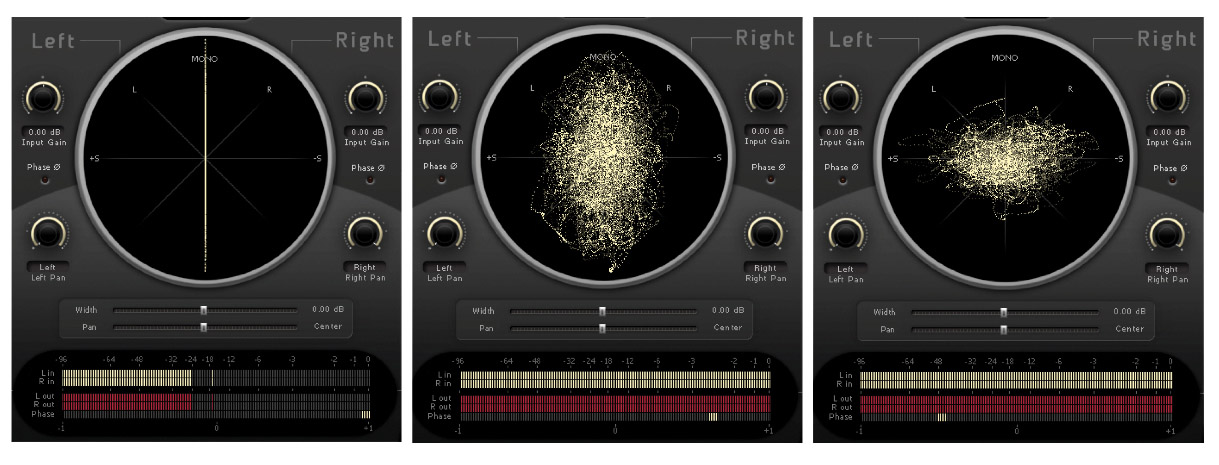It’s Just a Phase – Part 1
It’s Just A Phase – Part 1 By Robert DiVito
Originally published in Professional Sound, October 2012
In our stereophonic world, phase and mono compatibility have become less of an ongoing concern as people are finding fewer reasons to check for it. There was a time when broadcast demanded it. Now, with most TVs being stereo and laptops sporting dual speakers, why worry about your mix sounding great in mono? Well there are still many good reasons to check for it, and some suggest your stereo mixes will benefit. Many places where mono mixes are still relevant include:
• Large FOH systems playing back pre-recorded material in mono.
• Radio stations broadcasting over the FM and AM bands.
• Spaced overhead speakers in malls playing back in either mono or stereo.
• Consumer stereo systems wired out of phase. (It happens a lot!)
STEREO STARTS WITH PHASE
Phase is the time difference between similar waveforms. When two signals, sine-waves, have their peaks and valleys start at the same time, they are “in phase” and the energy of the two signals will double when combined. If the two signals are similar in frequency and amplitude (level) but out of time with each other, there is a phase difference, usually measured in degrees whereby one cycle of sound is 360 degrees. When two signals are 180 degrees out of phase, the peaks of one signal are in time with the valleys of the other, resulting in a cancellation of the signals’ energy. This is where checking for mono compatibility is useful.

PHASE METERS
There are some great tools for monitoring phase and a variety of scope-based meters come in both hardware and software versions. The linear phase meter is a scale from -1 to +1 and it determines how similar the left and right side signals are in a stereo program. Values above 0 indicate acceptable mono compatibility whereby +1 represents two identical signals completely in phase. Values below zero indicate potential problems summing to mono where -1 represents identical signals 180 degrees out of phase. The vectorscope, or lissajous figure, (pictured) is a graph that creates a visual representation of the amplitude and phase of a signal in real time. The vertical axis represents gradations in the signals’ amplitude while the horizontal axis refers to the phase information.
Generally, material that follows a vertical orientation is said to be in phase whereas stereo signals that span the horizontal axis are more out of phase and less mono-compatible.
Check out Part 2 in the next issue of Professional Sound where DiVito will share techniques for ensuring mono compatibility.
Robert DiVito is a recording engineer based in Toronto, ON. You can find out more at www.societyofsound.ca.
